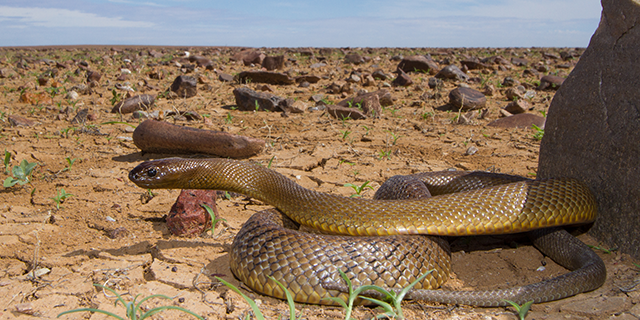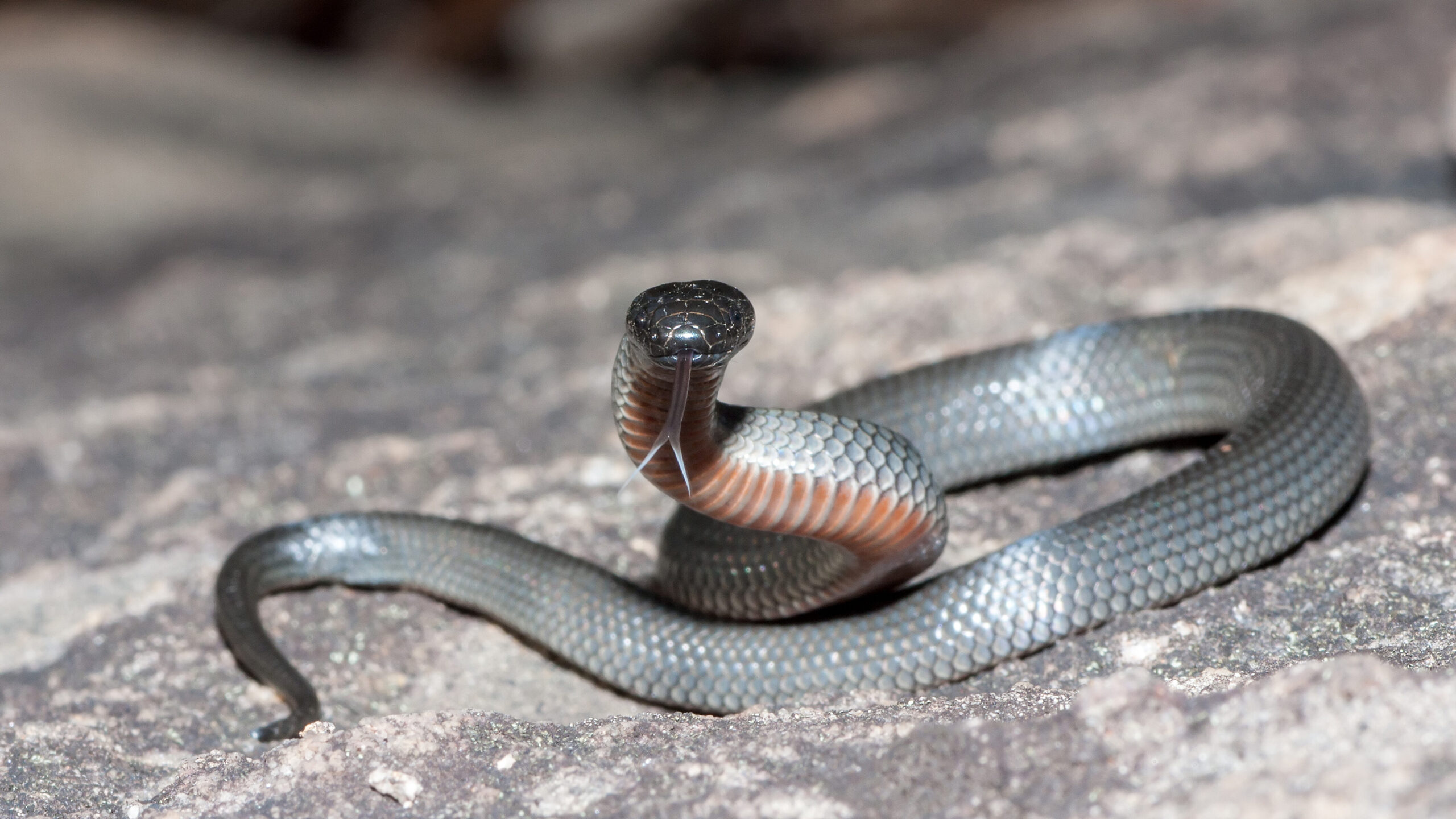Introduction
Tiger serpents (Notechis scutatus) are among the most remarkable yet feared reptiles found in Australia. With their striking look and powerful venom, these serpents stimulate a mix of wonder and care. Observing tiger snakes in their native environment can be an exhilarating experience for nature lovers, wild animals photographers, and scientists alike. Nevertheless, it's crucial to approach this undertaking with respect for the animal's habitat and an understanding of safety measures to avoid snake bites.
In this detailed overview, we'll discover how to safely observe tiger serpents in their all-natural habitat. We will cover subjects varying from comprehending their habits and environments to first aid for snake bites-- furnishing you with understanding to boost your experience while reducing threats.

What is a Tiger Snake?
Tiger snakes are highly poisonous serpents belonging to Australia, specifically Tasmania and coastal regions. They are recognized for their unique banded pigmentation resembling a tiger's stripes, which can range from yellowish-brown to dark brownish or perhaps black.
Physical Characteristics
Tiger snakes are medium to large-sized snakes that can grow up to 2 meters long. Their bodies are durable, and they have a wide head that is noticeably broader than their necks.
Habitat Preferences of Tiger Snakes
These reptiles typically occupy marshes, tidewaters, and seaside regions but can likewise be discovered near freshwater sources like rivers and lakes. Comprehending where these serpents live is crucial for any person seeking to observe them safely.
Understanding Tiger Serpent Behavior
Are Tiger Snakes Venomous?
Yes, tiger serpents are among one of the most venomous snake varieties internationally. Their poison includes neurotoxins that can result in serious clinical problems if bitten.

Behavioral Traits
Tiger snakes are normally timid creatures; they like to avoid human communication. Nevertheless, they can come to be hostile if threatened or caught.
Where Can You Discover Tiger Snakes?
Tiger Snake Habitat Exploration
To securely observe tiger snakes in their natural environment, it's vital first to identify where they flourish. They have a tendency to favor:
- Coastal marshlands Mangroves Swamps Riverbanks
Best Locations for Observation
Some advised locations consist of:
- Tasmanian wetlands The coasts of southerly Australia National parks with water bodies
Safety Preventative measures Before Observing Tiger Snakes
Understanding the Dangers of a Tiger Snake Bite
Medical TreatmentAlthough encounters with tiger serpents can be thrilling, being aware of the threats entailed is critical:
Recognize symptoms of a snake bite: swelling at the website, discomfort radiating from the bite area. Know emergency calls: Familiarize on your own with neighborhood emergency situation services. Carry a first-aid set specifically equipped for snake bites.First Help for Snake Bites: What You Need to Know
Knowing what steps to take if bitten can save your life or somebody else's:
- Stay calm; activity raises venom spread. Call for clinical assistance immediately. Do not use ice or effort suctioning.
How to Safely Observe Tiger Snakes in Their Natural Habitat
When you choose to observe tiger serpents in the wild:
Dress Appropriately: Use lengthy trousers and sturdy boots. Use Binoculars: Maintain a safe distance while observing these reptiles. Avoid Abrupt Movements: Quick movements might stun them. Stay on Developed Trails: Avoid wandering into thick underbrush where visibility is low.Equipment Required for Observation
Essential Equipment Checklist
Click for source- Binoculars First-aid kit specifically made for snake bites Field manual on Australian reptiles Camera (with zoom capacity)
Snake Bite Emergency treatment Set Essentials
A well-equipped emergency treatment set must consist of:|Item|Purpose|| -------------------------------|-------------------------------|| Compression plaster|To debilitate the affected area|| Antihistamines|For allergies|| Emergency situation call numbers|Quick accessibility during emergency situations|
Interpreting Tiger Serpent Signals
Understanding how tiger snakes interact through body movement assists observers determine when it's safe or unsafe:
Common Behaviors
Defensive posture: If curled or elevated off the ground. Retreating habits: When they gradually back away from prospective threats.Dealing With Potential Encounters
Even with safety measures taken, an experience may still take place during your observation journey:
Remain calm; worrying only increases risks. Slowly back away without transforming your back on the snake. Make your existence known vocally however stay clear of unexpected movements.Frequently Asked Inquiries Concerning Tiger Snakes
1. What need to I do if I see a tiger snake?
Remain tranquility; observe from a distance without disturbing it.
2. Are baby tiger snakes dangerous?
Yes, adolescent tiger snakes are birthed poisonous and may pose dangers comparable to grownups in spite of being smaller.
3. Exactly how usual are tiger snake bites?
https://zenwriting.net/blathaaxyk/the-importance-of-a-snake-bite-first-aid-kit-in-australiaWhile events occur annually in Australia, fatalities are rare as a result of prompt treatment availability.
4. Can I maintain a tiger serpent as a pet?
Keeping wild tiger snakes as pets is unlawful in several regions due to preservation laws.
5. What does a tiger serpent bite look like?
Bite marks generally reveal 2 puncture wounds together with local swelling and discoloration.
6. How reliable is antivenom?
Antivenom therapy is highly efficient when administered timely after a bite.
Conclusion
Observing tiger serpents in their natural environment offers an electrifying chance for wild animals enthusiasts however should be come close to with care and respect for both the animal and its environment. By equipping yourself with expertise concerning these remarkable reptiles-- consisting of understanding their habits and precaution-- you can appreciate unforgettable experiences while dramatically reducing risks associated with encounters.

In recap, constantly prioritize safety by preparing appropriately prior to starting any wildlife monitoring expedition-- particularly when managing several of nature's most poisonous animals like the tiger snake!